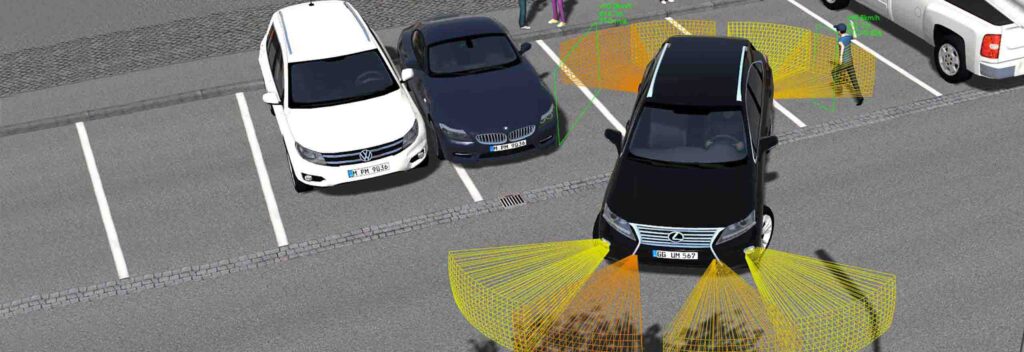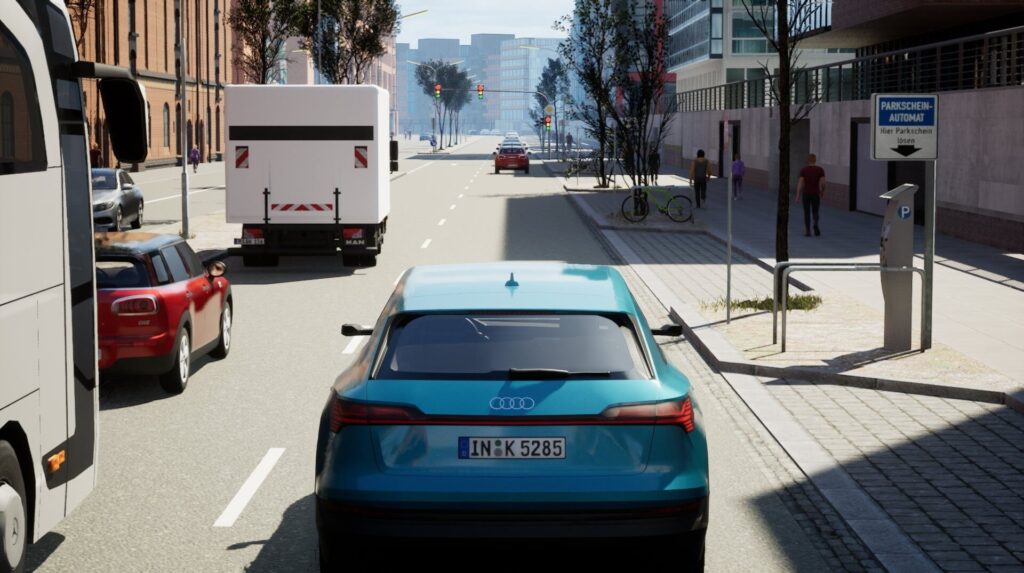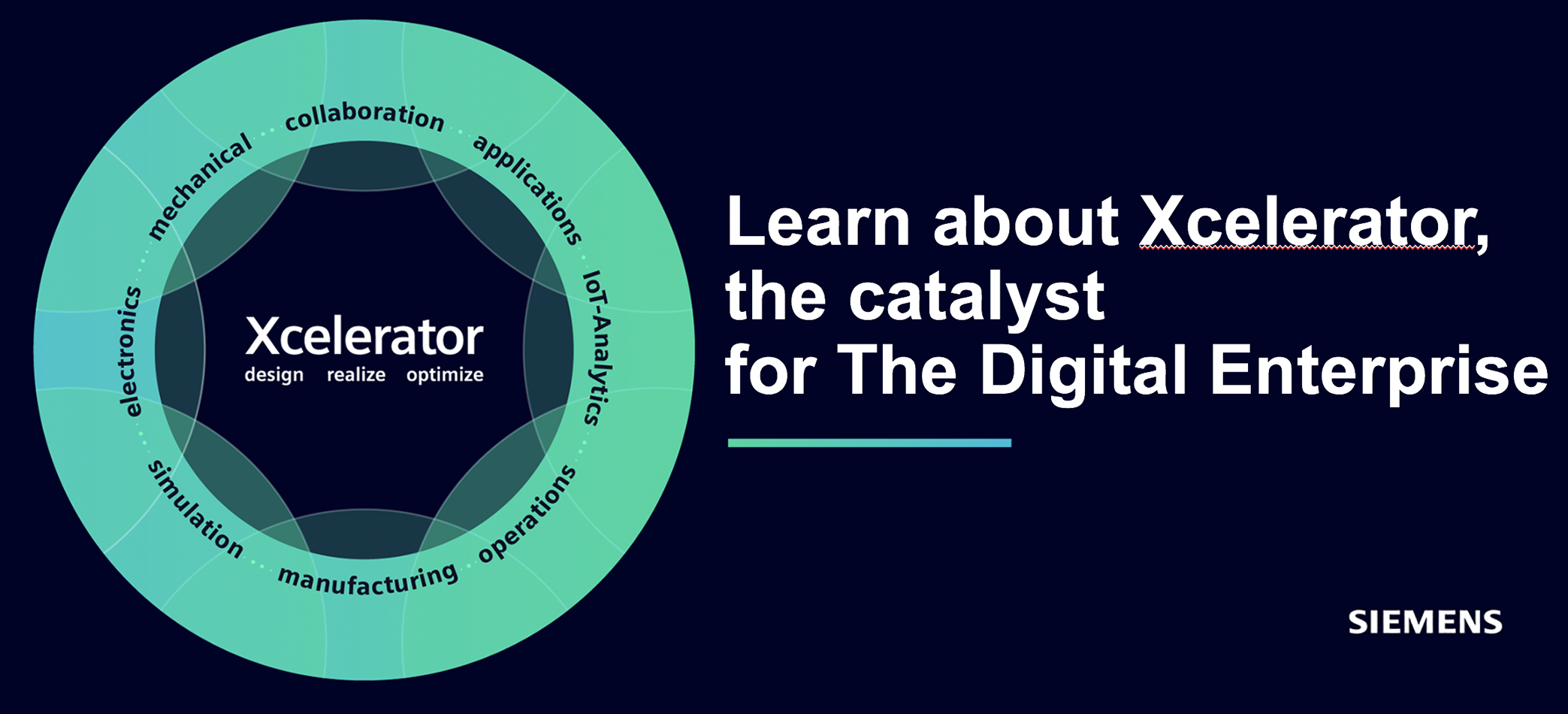Extracting meaningful technical information from the enormous amounts of data generated in virtual tests consequently increases the importance of process and data architecture. But this does not stand alone, things like machine learning and artificial intelligence analytics techniques also become crucial for process efficiency. Here, Mahesh Kailasam argues that Hexagon’s autonomous simulation solutions enable users to create, configure and visualize complete virtual environments where vehicles can be fully evaluated and validated in all conceivable operating conditions.

Accurate physics-based simulations
Ensuring the quality and safety of ADAS software development is very cost and time-consuming, but critical as the cost of fixing defects once a vehicle is ready for production can be up to fifteen times higher.
“VTDx addresses these challenges with a comprehensive, consumption-based service that makes it easier to scale virtual prototypes and mitigate the delays, high costs, and security risks associated with physical testing,” Kailasam notes. He adds that Hexagon’s SaaS (Software as a Service) solution is built from the ground up to leverage the cloud computing power and automation of the company’s Nexus digital reality platform, allowing software teams to build rigorous testing into their continuous testing and integration workflows for ADAS and autonomous vehicle systems.
The Nexus platform is an open cloud-based solution that brings together technologies from both Hexagon and the company’s partner ecosystem, including from ”CAE sibling” MSC. Nexus uses modern, user-centric UI and UX design and offers opportunities to build apps and solutions including connectivity, visualization, powerful computers and AI technologies.
Parenthetically notable about Kailasam is that his CV includes a more than ten-year stay at Dassault Systemes. Among other things, during his more than two years at DS (he left the company in 2017), he was senior director of business development on the Life Sciences side (Virtual Human Modeling), where, among other things, the simulation solution for the human heart in 3D, Living Heart Project, was developed.
Regarding VTDx ADAS engineers can easily create and configure their system under test (SUT), such as ADAS algorithms via an intuitive web interface. They can validate their SUT with highly accurate physics-based simulations from Hexagon’s environmental simulation engine that leverages its 15 years of domain expertise. When developers run a test, in this case preferably in VTDx OpenDRIVE and OpenSCENARIO standard-compliant Software-in-the-Loop (SIL) test programs. By orchestrating tens or thousands of simulations of – as many scenarios as needed – automatically and simultaneously, companies can significantly reduce delays in configuration and computation time for their standardized SIL test programs.

Centralization of electrical/electronic architectures
As noted in the introduction above, VTDx meets the dramatic change in ADAS related to for example the centralization of electrical/electronic (E/E) architectures and the resulting tightening of regulations. It enables new SDV test strategies that are in line with modern software development practices and embeds key physical safety test methods unique to the ADAS component in the vehicle code base. Its highly productive, highly scalable code testing and integration methodology provides:
• Continuous Integration and Continuous Testing (CI/CT): Enables continuous development, integration, and testing, enabling faster software iterations and releases.
• Seamless Workflow Integration: Easily integrates with existing ADAS development toolchains, embedded in existing customer workflows with modern, well-defined APIs and open environment simulation standards.
• Ease of Use: Intuitive sensor and test scenario configurations with user-friendly operation.
• Scalability: Supports parallel scenario execution and real-time collaboration between global teams, making it scalable for diverse ADAS development needs.
• Cloud Availability: Available as a public or private SaaS, VTDx can be easily deployed by small and large organizations with consumption-based pricing and 24-7 availability.
• Team collaboration within the framework: Users can share a project with globally distributed team members, making scenario settings and results available in real time through an intuitive web-based user experience.
Developed in close collaboration with the Microsoft Azure team
VTDx is now publicly available for the first time. And Hexagon states in a press release that the service has been well received among the company’s automotive and Tier one OEM customers, in particular for its intuitive high-productivity user experience, hands-off automation of thousands of code test simulations and the provision of consumption-based pricing.
Furthermore, the solution has been developed in close collaboration with the Microsoft Azure team, realizes photorealistic visualization via Unreal Engine and provides full support for the ASAM-maintained OpenSCENARIO and OpenDRIVE standards.
“We embarked on a journey to build our cloud-based ADAS simulation software from the ground up with CI/CT processes in mind, to address the software development challenges our automotive customers face today. Whether we aim to increase test coverage, shorten test cycles or automate workflows, our VTDx solution offers significant benefits,” comments Mahesh Kailasam, Hexagon’s Manufacturing Intelligence (pictured right).
VTDx enables automakers to rigorously test and validate their ADAS and autonomous vehicles system in a SIL environment, ensuring security and performance. It is available as a public SaaS with consumption-based pricing on Nexus starting today, with private cloud deployments available on demand.






